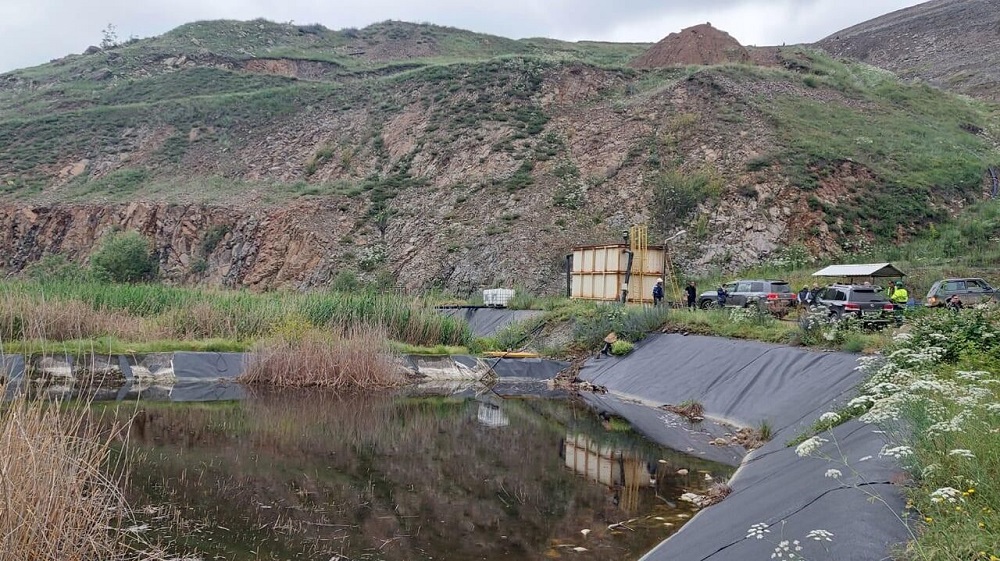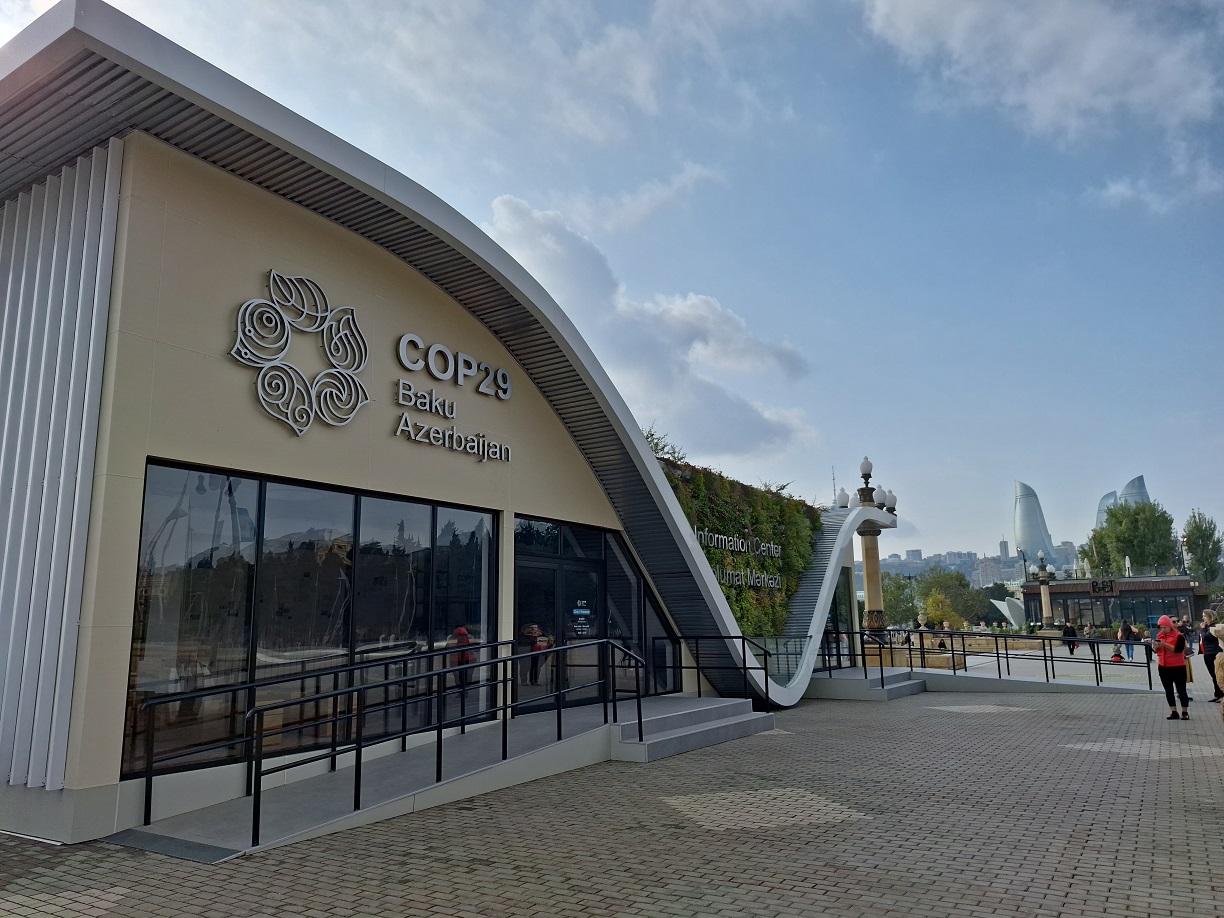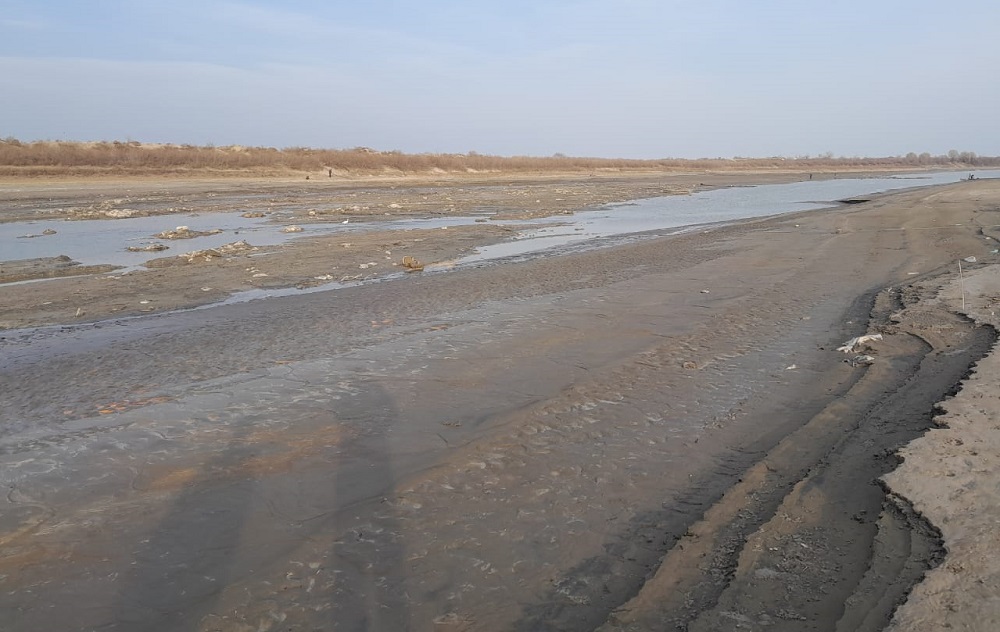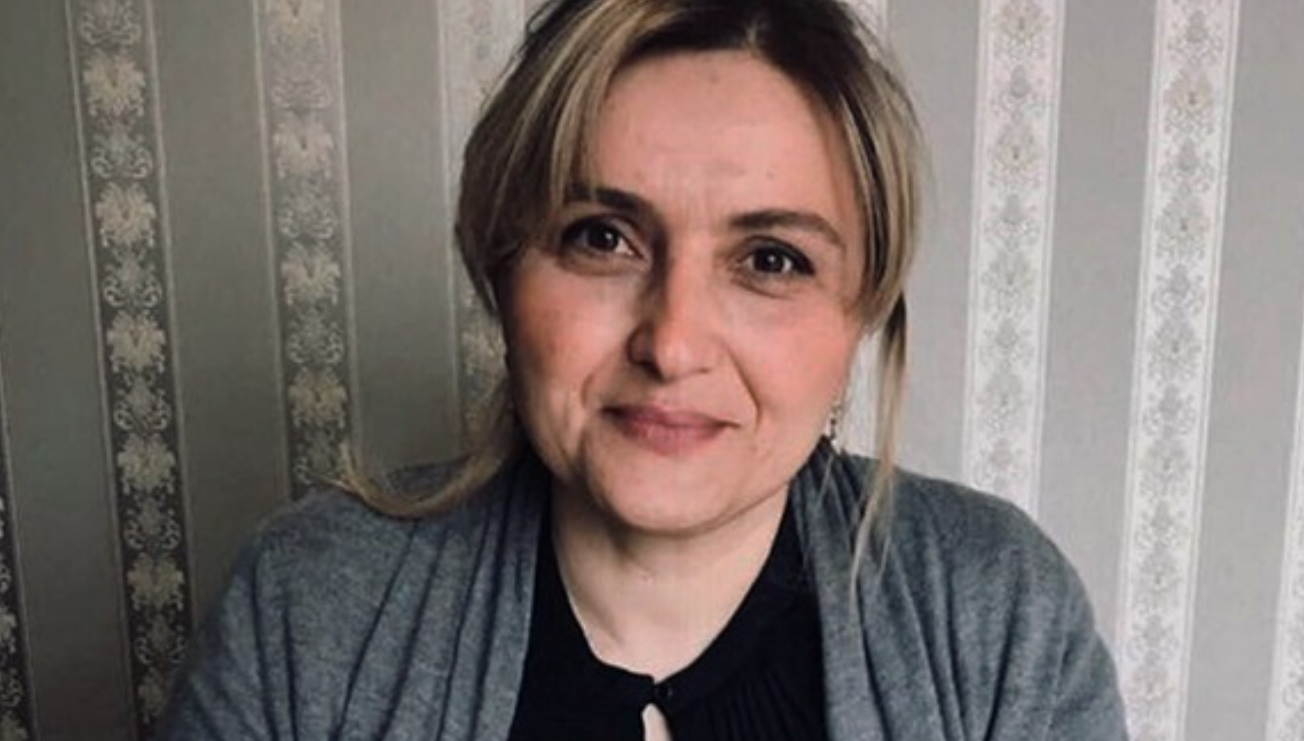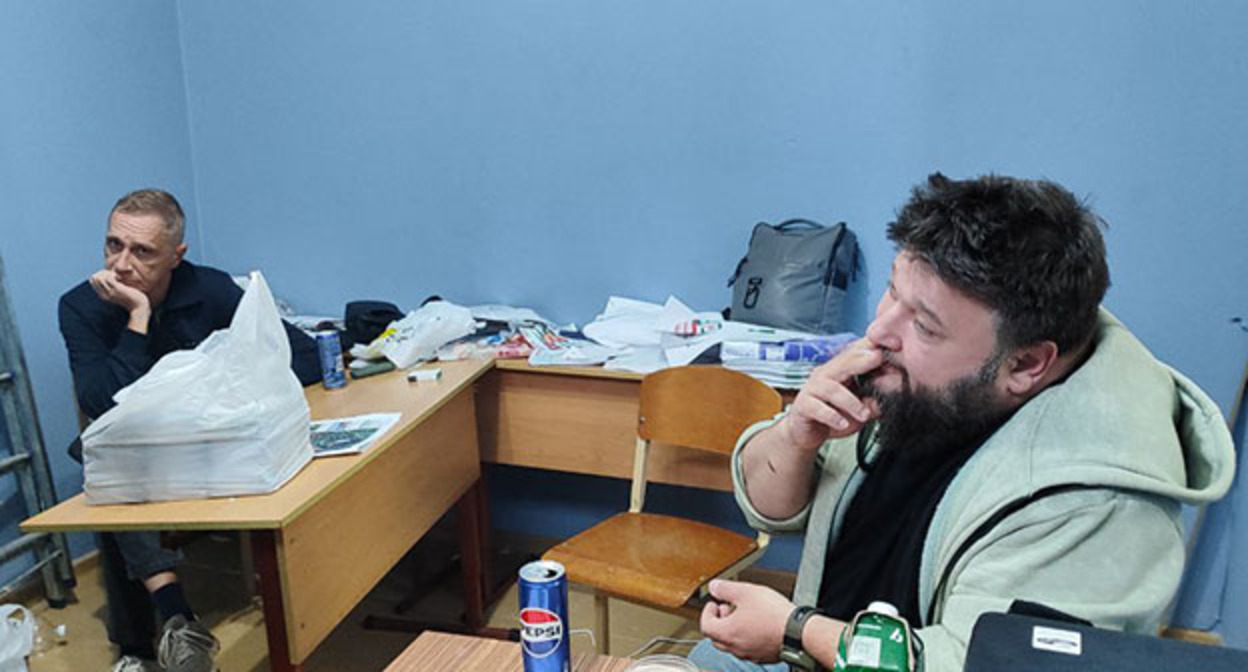Sewage in the Caspian: falling water levels expose Azerbaijan’s weak infrastructure
Sewage in the Caspian
At the second international water conference in Baku (Baku Water Week), SOCAR official Madina Hajiyeva warned that the falling level of the Caspian Sea, driven by climate change, is preventing proper dilution of wastewater in the basin.
She said quality standards are not being met even for water classed as treated. Heavy rainfall in recent years, especially on the Absheron Peninsula, has made the problem worse: stormwater mixes with sewage and overwhelms treatment plants. Because of poor stormwater collection, large volumes of mixed runoff cannot be fully treated, and in some cases are discharged directly into the Caspian. This harms the marine ecosystem and adds greenhouse gas emissions, including methane, from treatment processes.
The Caspian’s retreat
The Caspian has been shrinking rapidly since the mid-1990s. In 2021 the level fell by 35cm, and in 2022 by another 20–25cm. Exposed rocks and widening beaches show how far the sea has retreated.
Experts point to climate change as the main cause. Rising temperatures, reduced rainfall in the south and falling inflows from the Volga have upset the water balance. With less inflow and higher evaporation, the decline has become steady.
The presidents of Azerbaijan and Russia have warned of “catastrophic shallowing” and called for joint measures to prevent an ecological disaster. But the drop in levels has already hit wastewater systems. All of Azerbaijan’s treatment plants lie on the Caspian coast and discharge directly into the sea. Outfall pipes designed to reach deeper water now end in the shallows, leaving waste insufficiently mixed. The result is poorer water quality, damage to marine life, and odour and sanitation problems on the coast.
Expert proposals
Hajiyeva and other specialists outlined measures, including:
- Upgrading plants. Modernisation is needed to cut energy use and improve treatment.
- Sludge reuse. Solid waste could be processed for use as fertiliser, turning waste into a resource.
- Climate adaptation. Outfall lines should be extended to deeper water to allow proper dilution.
- Reuse of treated water. Fully treated water could be recycled for technical needs or, if it meets standards, used as a secondary drinking source.
Some of these measures appear in official strategies, such as the 2030 water management plan, but progress on the ground has been slow. Even as Azerbaijan prepares to host the COP29 climate summit in 2025, untreated sewage continues to flow into the Caspian near Baku.

Words and reality
Officials highlight the impact of climate change on the Caspian at international forums. Yet recent reports show raw sewage and oil waste being discharged near the capital, blamed for fish and seal die-offs.
The footage underlined the gap between official pledges and local practice: despite years of discussion, the Caspian remains polluted, and even Baku struggles with basic wastewater treatment. Opposition figures argue that funds for sewer upgrades were redirected to Karabakh reconstruction, leaving environmental projects sidelined.
The risk, experts warn, is that climate change becomes a convenient explanation for long-standing failures in sewage and water management.
Sewage in the Caspian










